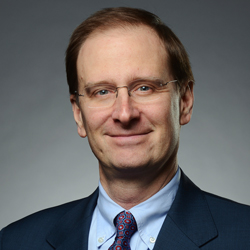As this week’s special CITIES Issue of Bloomberg BusinessWeek observes, “Making cities work is vital because little more than half the world population already lives in urban areas, and that proportion could reach 80% by the end of this century.”
Think about that. If you think your daily commute is challenging now, just wait.
BuiltWorlds has been covering this driving demographic imperative almost since our inception three years ago. In fact, our first spring coincided with the first annual Global Cities conference, launched by the Chicago Council on Global Affairs. Next week, focused exclusively on the design, construction, and real estate nuts and bolts of this growing trend, for the first time, we will host our own Cities Conference, an all-day, ticketed event to be held Thursday, August 24, at UI Labs in Chicago.

Our host city, Chicago, will be just one of the threads tracked throughout our event next week. But its lessons of grand ambitions, derailed and delayed planning, and renewed urgency are as instructive as they are applicable to many U.S. cities. And they will be the subject of a key presentation next week by urban planner D. Bradford Hunt, a former dean at Roosevelt University and now VP for Research and Academic Programs at the Newberry Library. In 2013, he co-authored the book Planning Chicago, which is now in its third printing.

“I see myself as a planning historian,” says Dr. Hunt, who is not alone in that assessment. In fact, he is now in line to be national president of The Society for American City and Regional Planning History (SACRPH) in 2019. Modern Chicago, of course, boasts seminal planning history, launched by Daniel Burnham’s and Edward Bennett’s influential 1909 Plan of Chicago. “But Chicago has lost its way on this,” adds Hunt. “We have tended to see planning as what goes on this block, or what can we put on this corner.”
As a result, so-called planning locally has splintered into 151 tax-increment-financing (TIF) districts that lack coordination and cohesiveness among communities, and in some areas have essentially turned into political “slush funds,” he laments.
So, Hunt argues, Chicago, and most U.S. cities, need to think big again. “We need that comprehensive city plan again,” he says. “Where do we want to be 30-50 years from now? How do we get there?”
But unlike the last round of serious master planning launched in the 1950s and ‘60s under Chicago Mayor Richard J. Daley, Hunt urges much more thoughtful consideration of neighborhoods and surrounding suburban communities. Examining that history and extracting such lessons, will be an essential element of his presentation at BuiltWorlds next week. Of course, even the best laid plans are worthless without the purposeful intent to realize them.

As Hunt and fellow urban planner Jon B. DeVries conclude in Planning Chicago, “We can build a comprehensive plan that examines all aspects of the city, creates a shared purpose, raises consciousness about important challenges, and then summons the resources so they can be allocated effectively for our future needs. We just need the political will to do so.”


Discussion
Be the first to leave a comment.
You must be a member of the BuiltWorlds community to join the discussion.